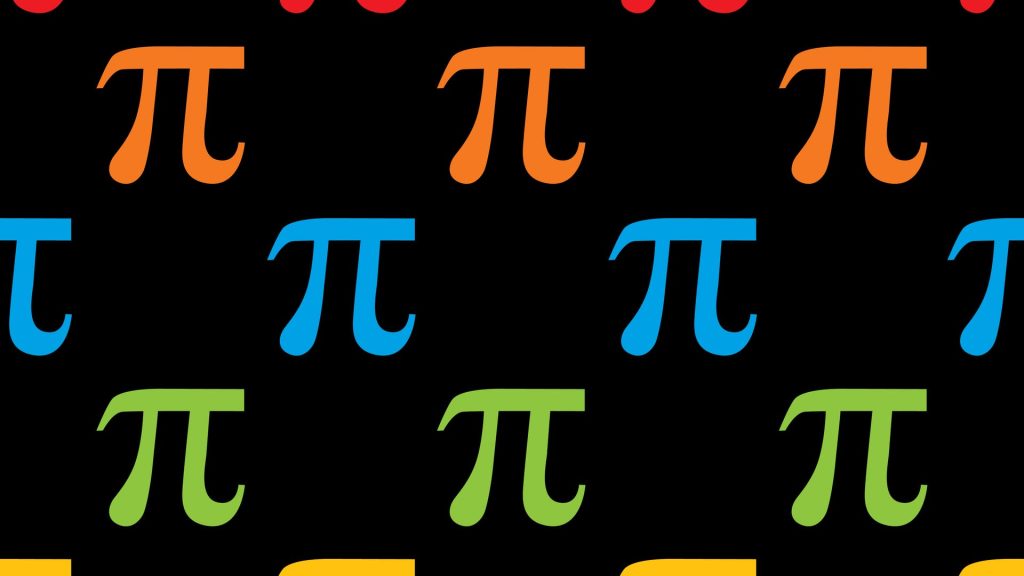This split is similar to the second dimension: the x axis of the plane is interpreted as the real part, while the y axis is interpreted as the imaginary part. That’s how it fits for example = 3 + 4i the point (3, 4) in a traditional Cartesian coordinate system. So not much has changed – however, the calculations in this representation are a bit more accurate. condition that truly2 It should correspond to the sum of two square numbers which can be formulated somewhat more simply this way: truly2 = (a + IB) (a – IB). since i2 = -1, results in the equation in factorial form: truly2 = a2 + B2. Feature: Instead of having an added problem, the task has been rewritten in such a way that the divisors of truly2 Wanted. There are sophisticated ways to find them.
Thus, to detect circles that intersect the vertices of a checkered leaf, one must determine the radius that is squared through the product (a + IB) (a – IB) , Where a And the B are natural numbers. And of course you also want to know the number of integers a And the B There is – because these are the integer coordinates of the circuit under investigation.
So you are looking for all the “correct” complex denominators of a number truly2. For example, if the radius of the circle under consideration is 25, then: truly2 = & nbsp25 = 5 5 = (2 + i) (2 − i) (2 + i) (2 − i). The number cannot be divided any further. So 25 can be divided by the product of four complex numbers. Now all you have to do is calculate all the probabilities of getting a product of the form (a + IB) (a – IB) to get: 25 = (2 + i) (2 − i) (2 + i) (2 − i) = 5 5 or 25 = (2 + i) (2 + i) (2 − i) (2− i) = (3 + 4 i) (3−4 i). Thus, a circle with a radius of 25 has points of intersection at: a = 5, B = 0 and a = 3, B = 4 or expressed in Cartesian coordinates: (5,0) and (3,4).
© Spectrum of Science / Manon Bischoff (Details)
radius five | A total of eight grid points lie on a circle of radius five.
However, these are only the intersections in the first quarter. For reasons of symmetry, the same number of intersections appears in the four quadrants. So you have to multiply the number by four: two solutions become eight. This means: there are eight points with integer coordinates on the circle of radius 25.
But what happens when truly2 not in shape (a + IB) (a – IB) can be taken into account? for example truly = √15: truly2 = 15 = 3 * 5 = 3 * (2 + i) (2 – i). The prime factor of 3 cannot be expressed as the product of two complex numbers of the form (x + Iy) (x – Iy) with integers x And the y Type. As a result, no point on the circle with a radius of 15 has integer coordinates.
Recipe for calculating intersections
Using this, one can organize the determination of the points of intersection: if one wants to know the number of nodes in a checkered sheet on a circle with radius truly lie, proceed as follows:

“Total coffee aficionado. Travel buff. Music ninja. Bacon nerd. Beeraholic.”








More Stories
Coral Seeding: Artificial Insemination Makes Coral More Heat Tolerant
Fear, Anger, and Denial: How People Respond to Climate Change – Research
LKH Graz: Using radiation to combat heart arrhythmias